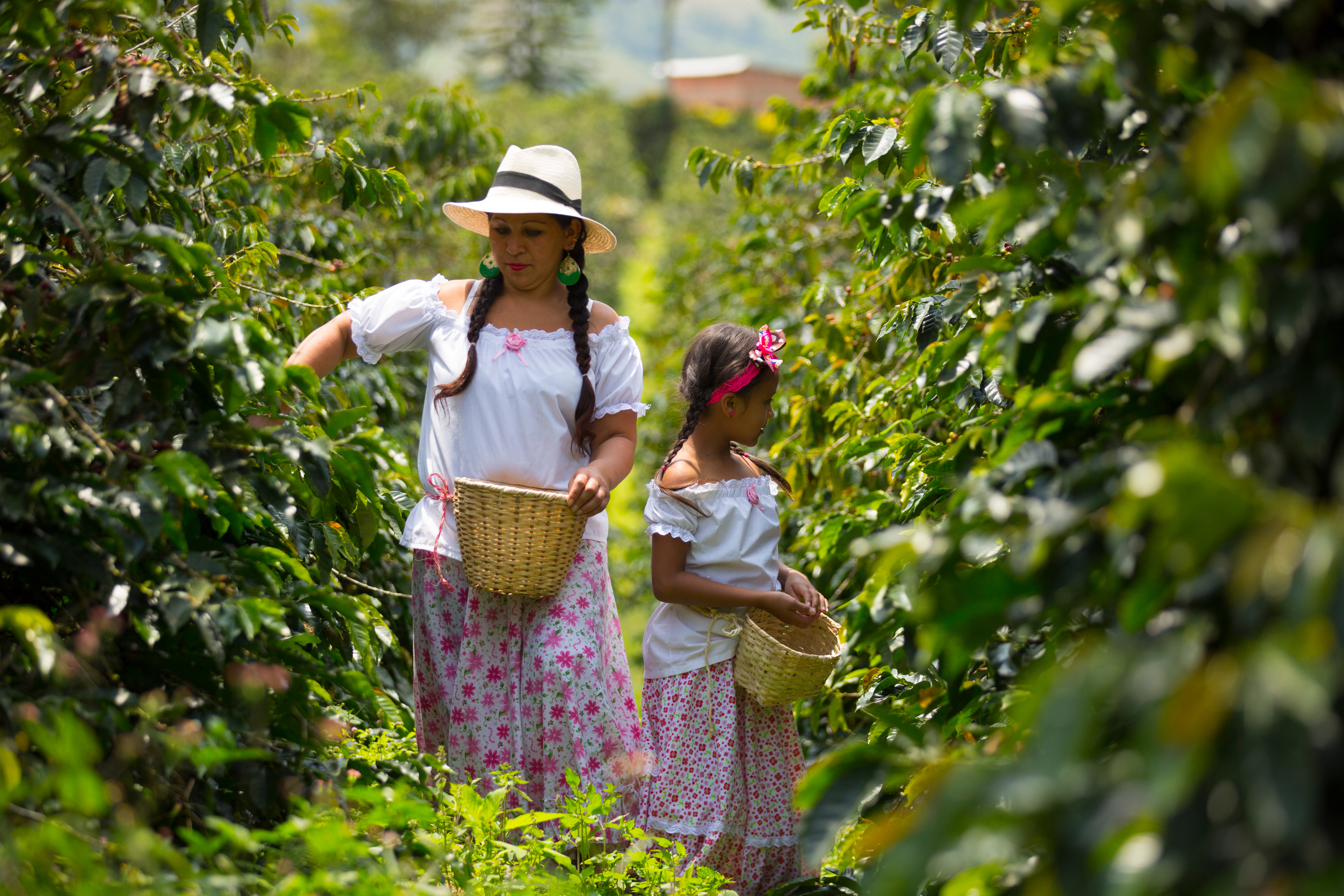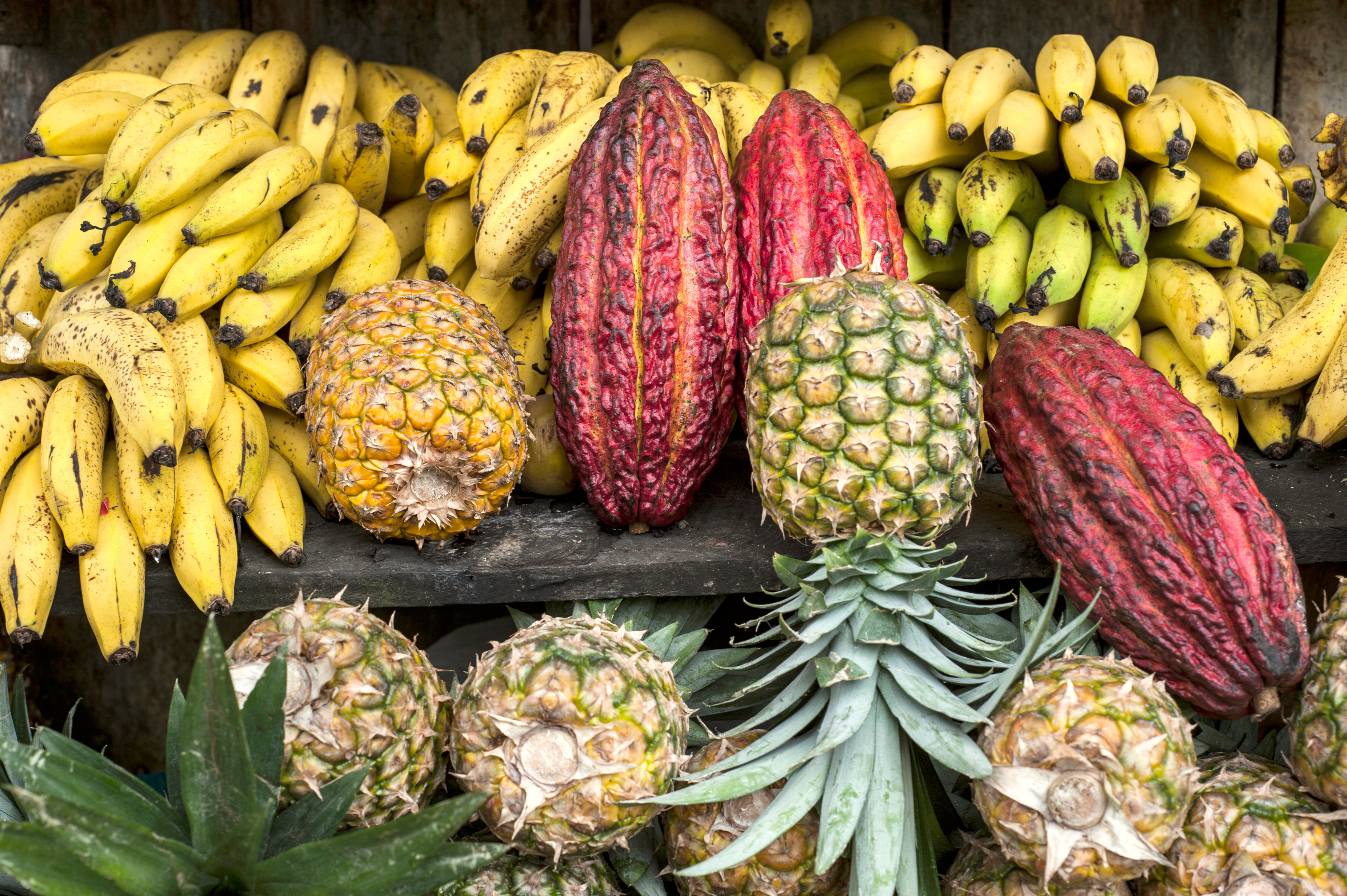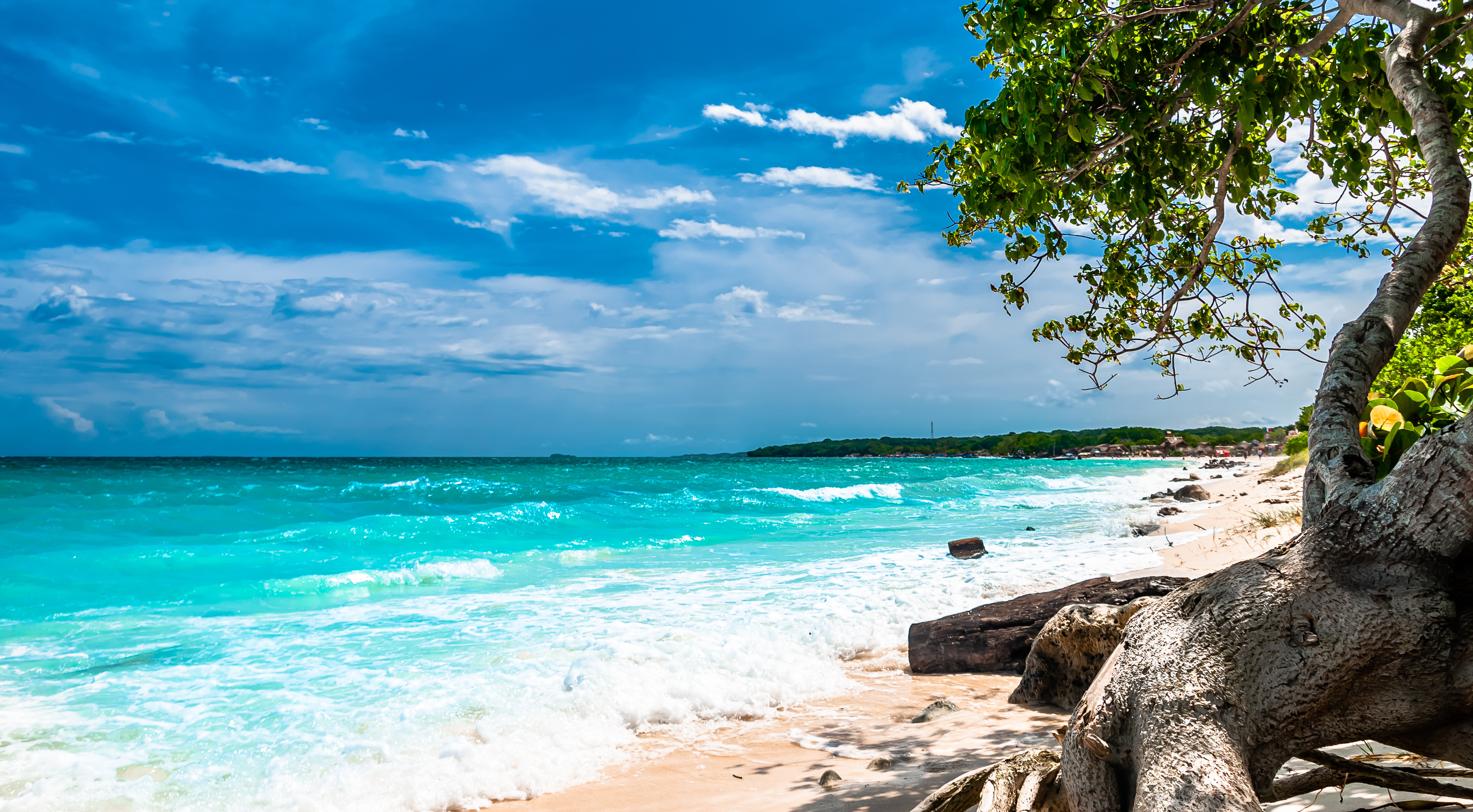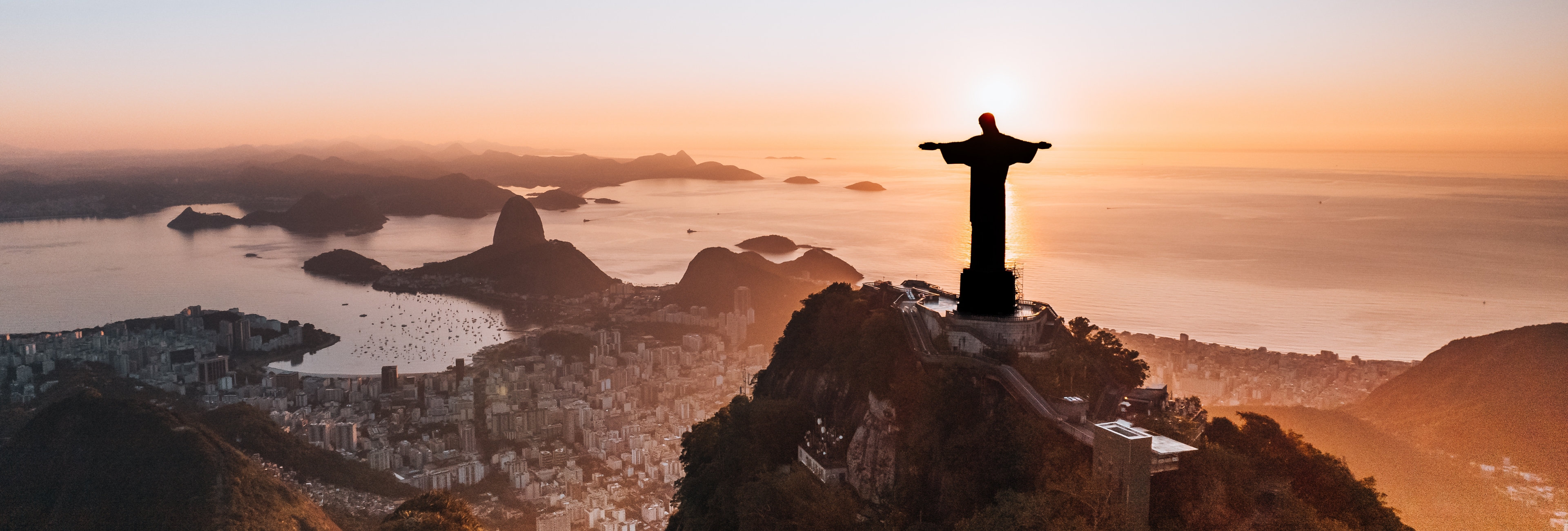A Day In The Life Of… A Chapolera Colombiana
14 October 2024
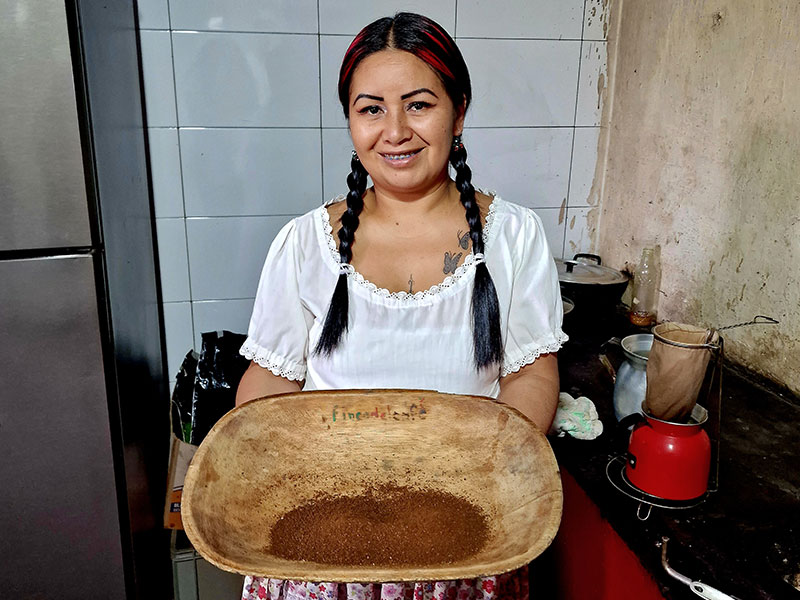
…with Maria Eugenia
Maria Eugenia is a proud Colombian coffee farmer, locally known as 'chapolera', who picks coffee at Finca del Café in the Colombia’s Coffee Triangle and shows visitors how to make some of the greatest coffee in the world using generations-old methods. She discusses her passions, struggles, and what pushes her to accomplish her everyday work.
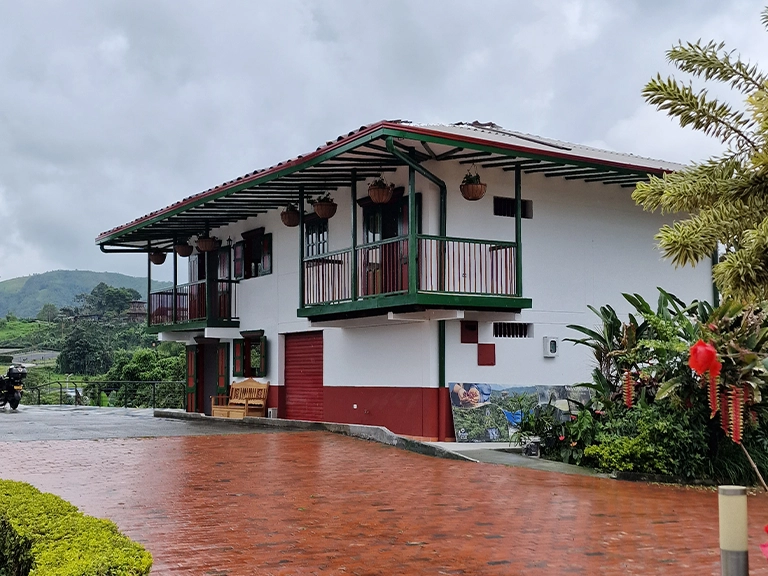
Can you tell us a bit about yourself?
I’ve been working at Finca del Café for the past nine years. We’re around three miles outside of Santa Rosa de Cabal, Risaralda, Colombia. During harvest time, I pick coffee cherries in the plantation, and I look after the workers by providing them with food, all year round, I am the one who welcomes tourists with a great cup of coffee!
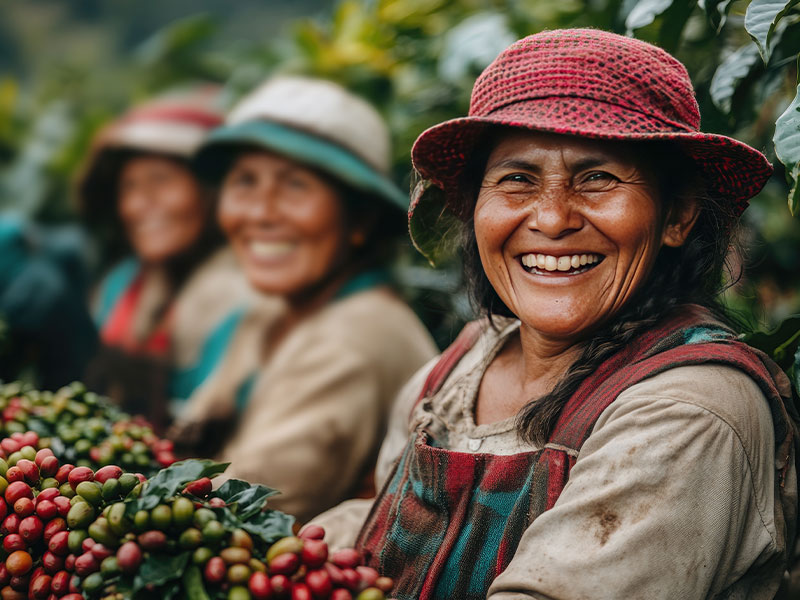
Where does the name ‘chapolera’ originate?
In Colombia, 'chapoleras' are all the women who, for generations, have harvested coffee from one farm or region to another, raising their families while on the road. They are named after the chapolera butterfly, which usually flies around the coffee plants during the harvest season.
The “chapolera” was the first woman to be paid for her labour; previously, women were devoted to domestic duties and only after the breakdown of the macho and patriarchal tradition they were able to contest their place in working life, obtaining economic independence and freedom.
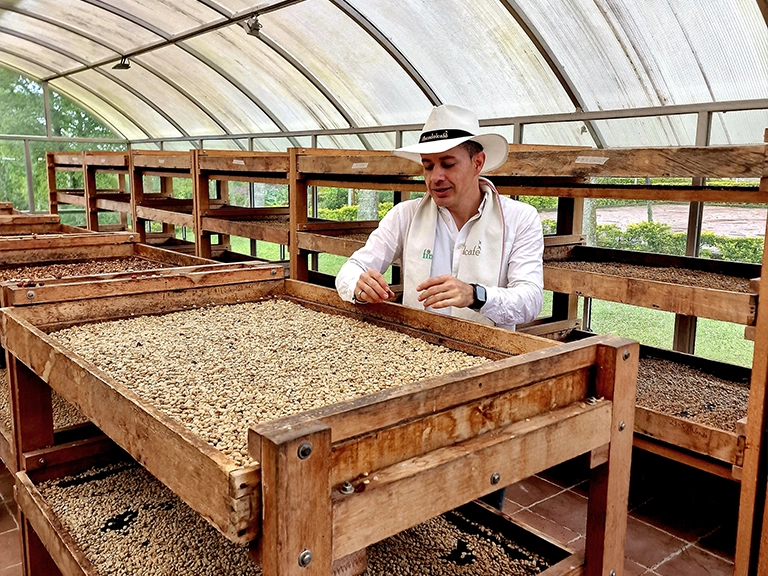
How does a typical day start for you?
I get up at 5 a.m. to prepare the farm house, feed the workers before they go, and then head to the plantation to pick coffee during harvest. I also put on my traditional clothing, which consist of a white shirt and a flowing skirt with bright designs and flowers, to greet tourists in the typical house after they have taken an experiential tour with one of my colleagues in the plantation.
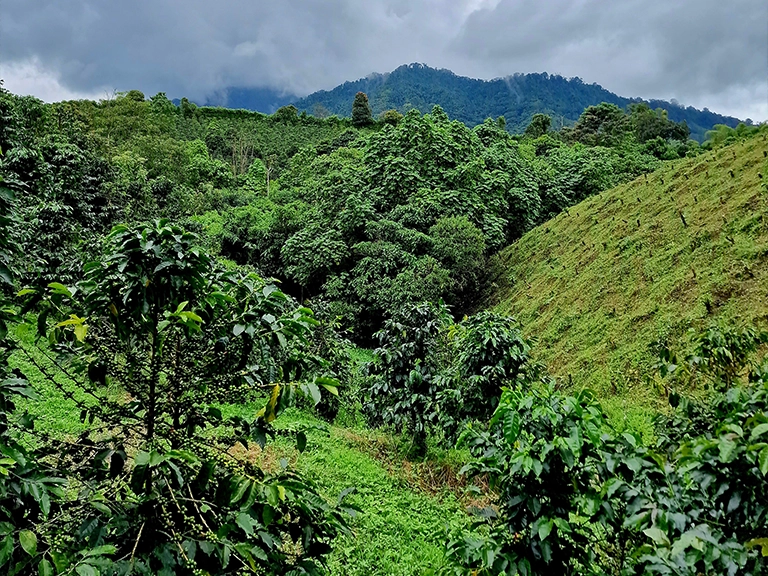
Favourite thing about where you work?
My favourite activity is picking coffee. During harvest, I pick between 100 and 120 kilogrammes every day. At Finca del Café, we harvest by hand to ensure that only the red cherries are picked, and any unripe fruit is left to mature for the greatest taste in our coffee. This is typically the preferred process for the finer Arabica variety.
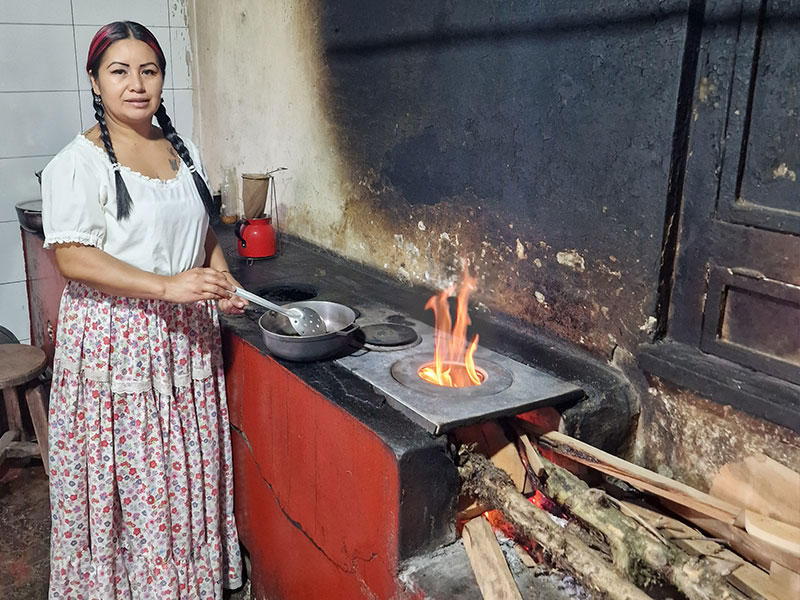
Biggest challenges you face in your role?
Harvesting by hand is better, but it is also more labour-intensive. But one forgets when doing things with love. Even if I’m sick, I greet the tourist with a smile.
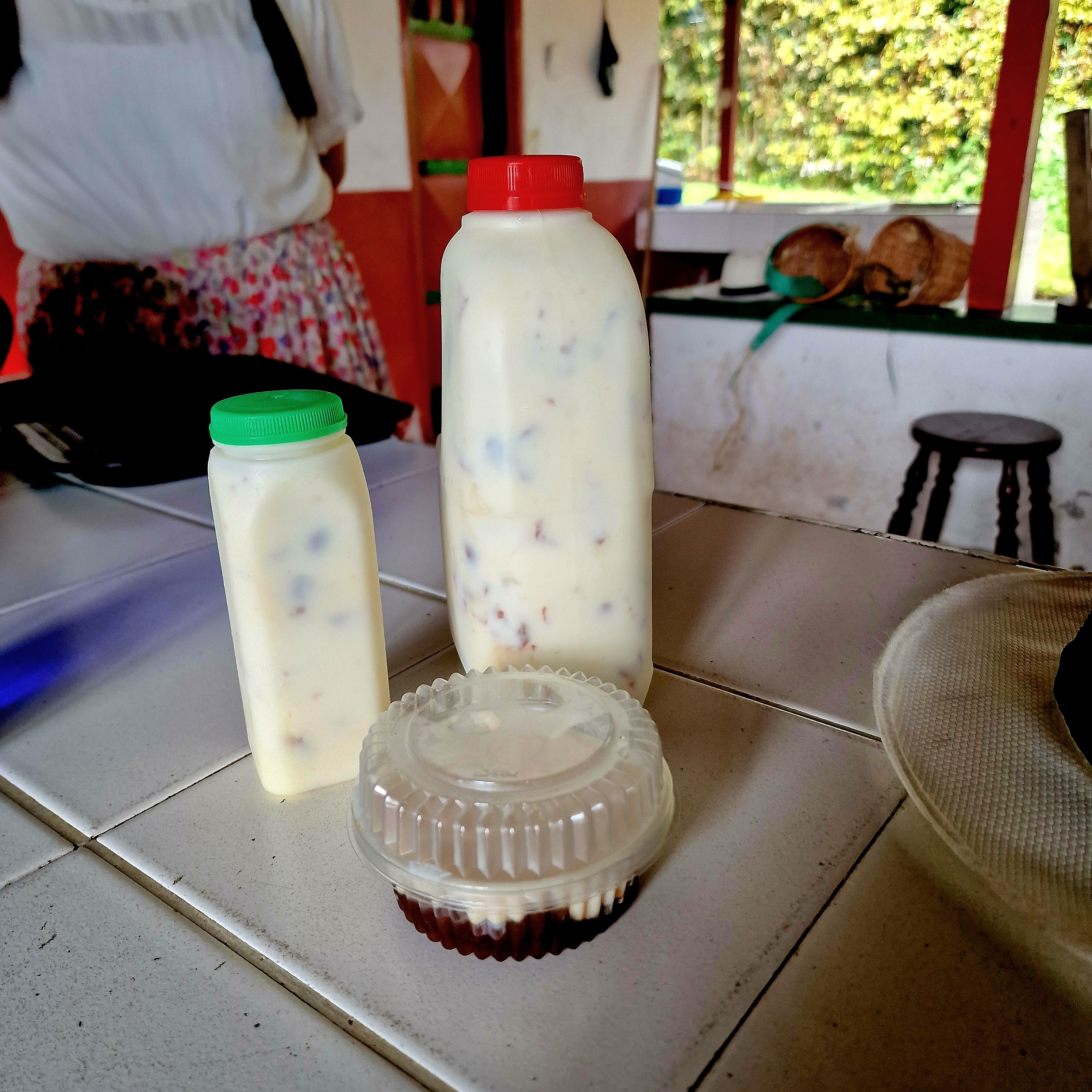
What advice would you give travellers coming to visit the coffee plantation?
Here, you can prepare the best cup of coffee as our ancestors did! But also learn about how coffee is cultivated, processed, and prepared from one of our guides. Wearing a typical hat, poncho, and basket, you’ll wander through the plantation, surrounded by flowers and fruit trees, and manually pick ripe coffee cherries as farmers do every day.
Finally, I’ll meet you in the traditional farmhouse to teach you how to roast the dry grain in a wood stove and grind it the grandmother’s way with a hand crank grinder, before filtering, serving and enjoying it.
To make your visit more special, try my homemade yoghurt produced from coffee pulp! It’s a product that I developed two years ago to show the potential of this tasty coffee leftover and to reduce agricultural waste.
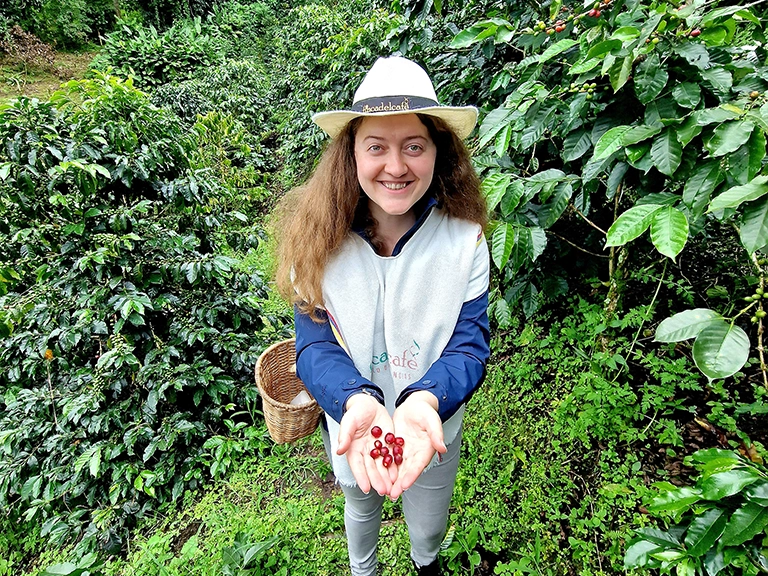
Favourite time of year and any tips for when to go there?
Finca del Café can be visited at any time of year, although the best time to pick coffee cherries is between September and December.
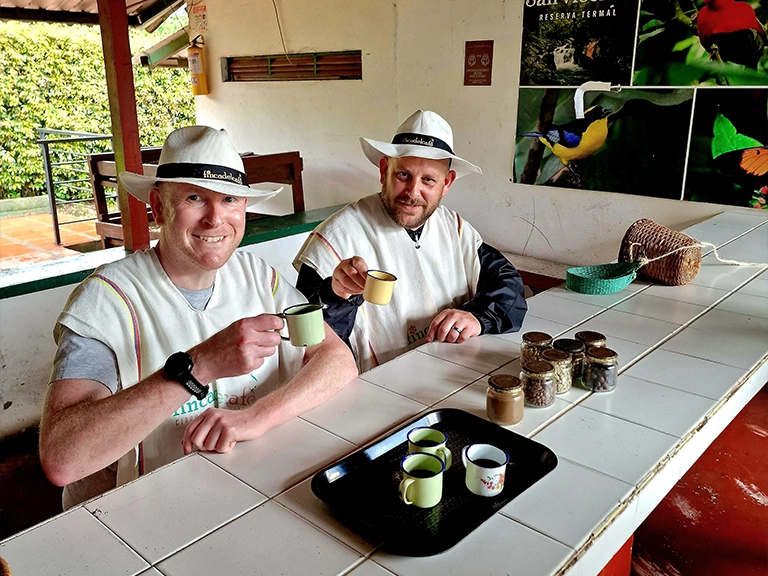
Any funny stories you would like to share?
People sometimes ask us why, when they drink coffee in certain restaurants or hotels in Colombia, the coffee appears bitter and dark, even though Colombian coffee is world renowned as one of the best; the reason is that the ‘bad’ coffee is left in the country while the good coffee is exported.
Export coffee is referred to as “café excelso“, which means it is free of faults; all raw beans are hand-sorted to remove any faulty beans or other impurities. Then there’s the commercial coffee, known as “café pasilla“, which is harvested and processed using lower quality standards, making it more affordable and simpler for Colombians to purchase from supermarkets. Finally, “café de origen“, sourced directly from farms like ours using a natural, specialist technique in lesser quantities ensuring the good quality of the bean. Finca del Cafe lies deep in the heart of the central Andes where volcanic soils, high altitude, and favourable temperatures create the ideal environment for growing amazing coffee.

